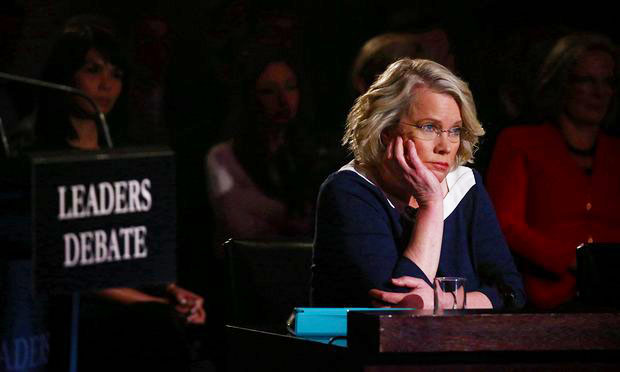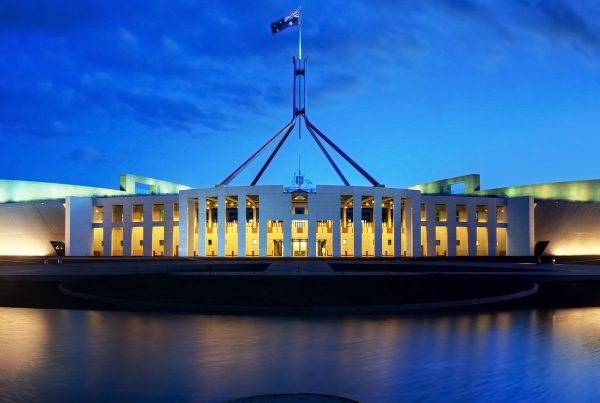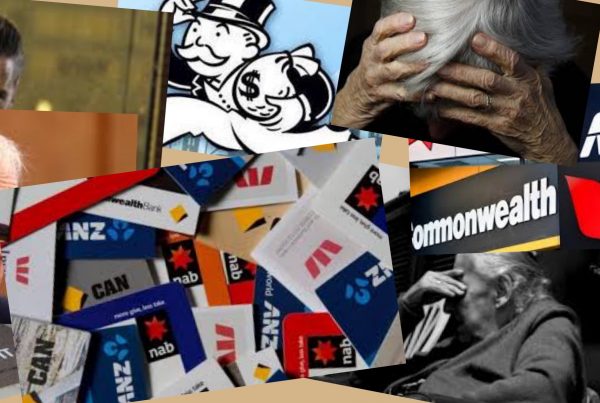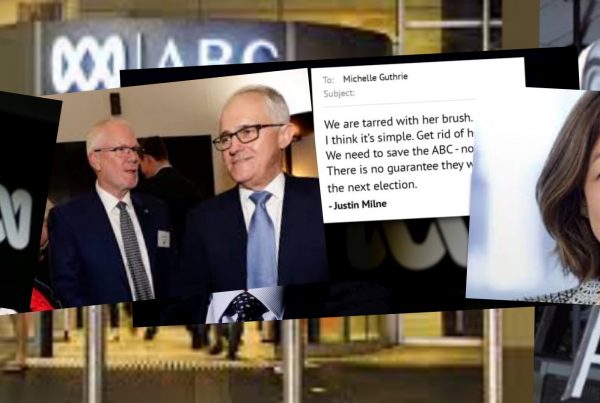The Australian Leadership Debate on May 29 was probably the worst recent example, but it’s happening daily in the current election campaigns. It’s gob-smacking that after so many years of being hammered about it, politicians still don’t get that when journalists ask questions, the audience expects answers.
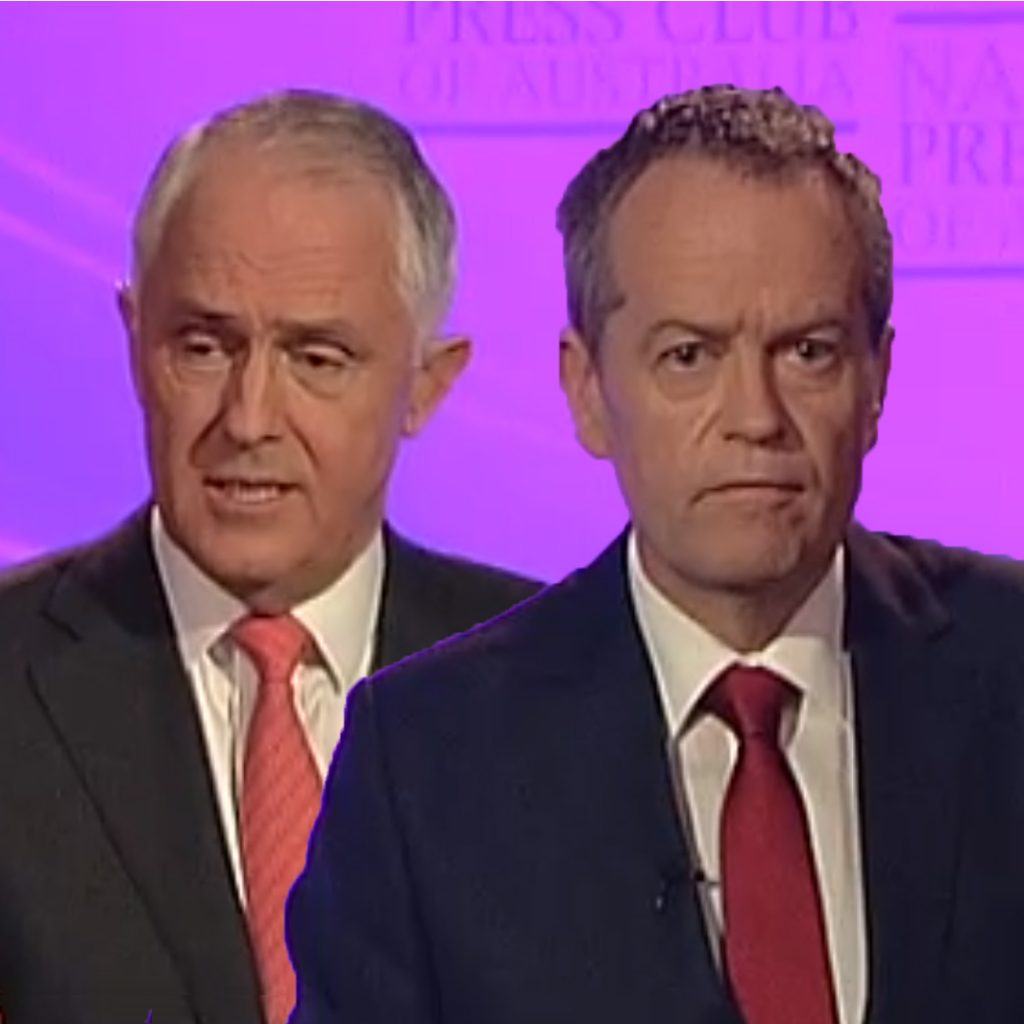
Politicians looking dodgy this way has to be one of the main reasons that people are turning away from the major parties.
The art of speaking in public is ‘giving people the information and entertainment they want’. If it’s done by Q&A, you listen to the question, and answer it. If the question is loaded or biased, or off-topic, you can add what you believe is interesting/important for the audience to hear.
If you fail, and deliberately go ‘off-message’, people get angry, disillusioned and trust is lost.
This is basic public relations, and common sense.
Politicians know better
The stupidity of it is that politicians generally know better. They know what the audience wants to hear; it’s a skill most developed in order to get elected, and it’s how they stay in office. They are professional listeners, spending most of their lives dealing with people’s complaints.
I think the rot often sets in when they start talking amongst themselves, and their party-hacks, about how to ‘spin’ unpopular or agenda-setting policy.
Public Relations: The difference between media training and spin-doctoring
We all hate spin doctors. They are the ‘public relations experts’ who teach speakers, mainly politicians, how to deceive the public. It’s very last century, and worked back in the earlier days of television when we, the audience, were still getting used to listening to politicians spin policy. Back then we tended to believe what we heard, taking it at face value. Now the audience is wiser and when politicians spin, we’re onto it.
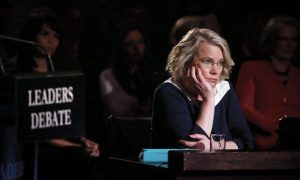
Laura Tingle looking how we all felt watching the Australian Leaders Debate on May 29. Photo by Mike Bowers for the Guardian.
Quality media training is different and important. As I just pointed out, there is no tolerance now for people who can’t express themselves. Communicating is a competitive skill amongst public performers – CEOs, spokespeople and politicians – that has to be learnt. The bar is now set high, because we are used to watching articulate and clear communicators all the time on television.
It’s unreasonable to expect everyone to be a naturally good communicator. Good media training coaches communicators in the art of giving people ‘the information and entertainment they want’. Trust is gained.
Good communicators have learnt the art of talking-straight to people about information that is important and interesting to them, the listeners.
You can easily argue that Donald Trump and Bernie Sanders are good communicators simply because they answer the questions directly and honestly. And you can argue that Hilary Clinton has spent too much time with spin-
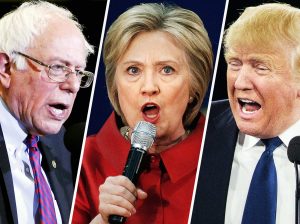
Three presidential candidates spinning or connecting? Photo credit: New York Magazine.
doctors and party-hacks.
Public Relations: How we train for a good journalist’s interview
– First, understand your audience and what is of interest/importance to them.
– Second, understand the story/angle the journalist wants to publish.
– Third, learn techniques to marry the two.
Sound impossible? Sometimes it is, which is why you avoid some interviews. Which is also why you need to know how to analyse what a journalist wants, and how to assess risk. That’s one reason why this form of public relations training is important for all public communicators.
Another is learning how to answer questions that marry what the journalist wants you to address and what you believe is interesting/important for the audience. Remember in an interview you have two trained communicators, you and the journalist, with two different agendas.
Once that’s understood the rest is straightforward: answer the question, and then add what you believe is interesting/important for the audience. A + M = Answer + Message.
There’s more to it of course, but with training and practice you are on the path to being a good interviewee.

